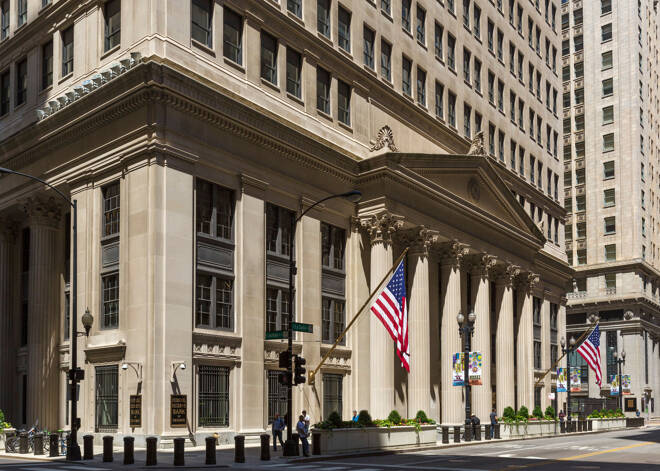Advertisement
Advertisement
Trouble Ahead for US Commercial Property Market
By:
The Fed says US banks are in good shape, but high commercial real estate valuations could lead to sizable correction if telework trend continues.
Highlights
- Overall funding risks for banks are low, and banks have ample liquidity
- US debt limit, commercial real estate valuations are potential risks
- Banks holding large US commercial property debt could face vulnerability
Overview
The U.S. banking system is well-positioned to weather recent industry turmoil, according to the Federal Reserve’s semi-annual report on financial stability. The report indicates that overall funding risks for banks remain low, and banks have ample liquidity.
Fed Backs Bank Regulators’ Efforts
The Fed also stated that additional policy efforts by U.S. bank regulators following the abrupt collapses of Silicon Valley Bank and Signature Bank in March should continue to backstop the system if further stresses arise.
Despite the spillover concerns following the failures of the two banks, the Fed maintained that the issues that sank those regional banks do not appear broadly across the banking sector, calling them “outliers” in terms of heavy reliance on uninsured deposits.
Banks Well-Capitalized, Limited Exposure
The report noted that more than 45% of bank assets reprice or mature within a year, suggesting there is not heavy exposure to less valuable securities for long periods of time. While the amount of uninsured deposits at banks is declining, they still remain above historical averages after an influx of deposits spurred by the COVID-19 pandemic. In aggregate, it said banks remain well-capitalized.
Fed Warns of Debt Limit, Banking Risks
The report also found that nearly half of its respondents identified the U.S. debt limit as a salient risk, after not appearing as a top concern in the previous report in November. The banking sector stresses were identified as a risk by more than half of the respondents, up from 12% in the November report. The Fed warned that the experience of the recent industry turmoil could still weigh on credit conditions in the future.
Fed Cautions on Commercial Real Estate
Beyond banks, the Fed said pressures on various market sectors remained within historical norms. However, it noted that valuations on commercial real estate remain high, which suggests there could be a “sizable” correction in property values should telework trends remain strong. The Fed found that banks hold about 60% of commercial real estate loans, with two-thirds of those at smaller lenders with less than $100 billion in assets.
Beware of ‘Bad Loans During ‘Bad Times’
Overall, the report indicates that the U.S. banking system is in good shape, but the recent industry turmoil and other potential risks such as the U.S. debt limit and commercial real estate valuations should be monitored closely. While there is no need to be overly worried about the banking system at present, it is always prudent to remain vigilant in the face of potential risks.
The key area that investors should focus on in 2023 is the US commercial property market. If the U.S. is headed toward a recession then this is the area that could be most vulnerable. As Charlie Munger, the 99-year old investor and vice chairman of Berkshire Hathaway says, U.S. banks filled with “bad loans” will be vulnerable when “bad times come” and property prices fall.
The situation is not likely to be as bad as in 2008, but where there’s smoke, there’s fire, and trouble can happen to banks holding large US commercial property debt just like everywhere else.
About the Author
James Hyerczykauthor
James Hyerczyk is a U.S. based seasoned technical analyst and educator with over 40 years of experience in market analysis and trading, specializing in chart patterns and price movement. He is the author of two books on technical analysis and has a background in both futures and stock markets.
Advertisement
